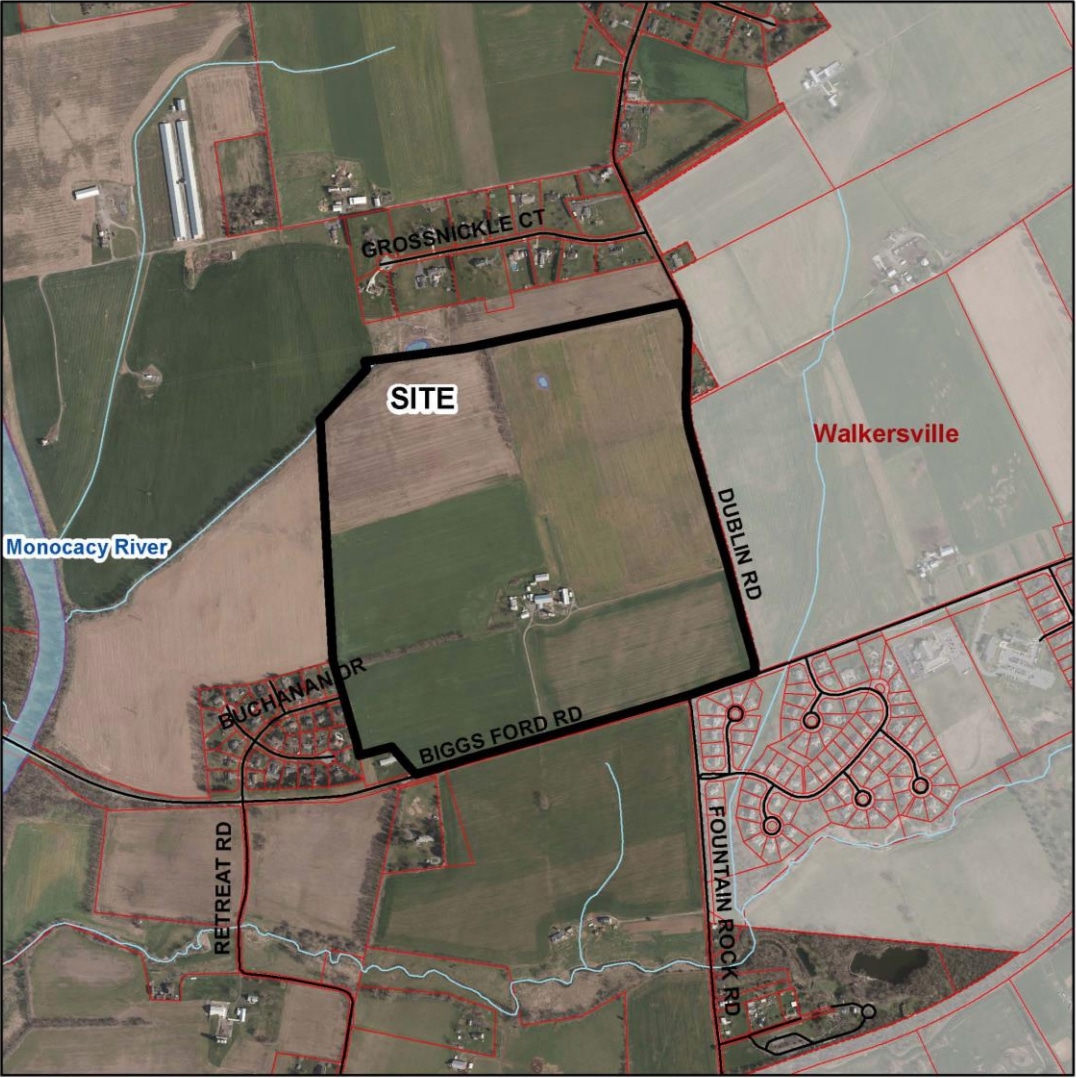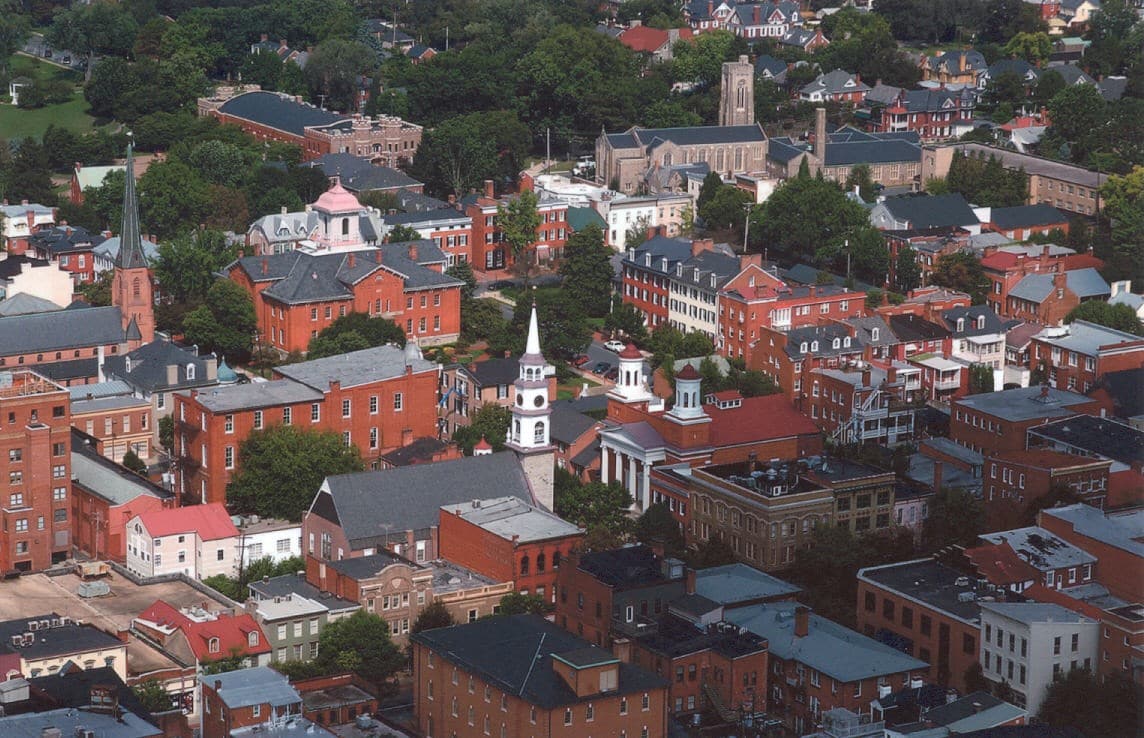While the words “no” and “yes” exist equally on opposite ends of the permissive spectrum, the words do not always hold equal weight. If you’re in the dating scene and you ask out 1000 people and 999 of them say no, odds are you’re pretty happy with the result. You aren’t thinking about the hundreds of people who said no, you’re focused on the one that said yes, that and finding a clean shirt, you slob.
This practice in the weight of words is playing out before our very eyes in Walkersville, Maryland, where a recent decision by the Maryland Court of Appeals could render two local government votes entirely moot.
The issue at hand is the proposed Whitmore/Biggs Ford Solar Center, planned to be located on 151 acres of agricultural land on Biggs Ford Road. The issue that developer Coronal Development Services has run into is that the land needs to be re-zoned to construct the array, and support for this re-zoning has been elusive.

The issue has been brought before both the Frederick county Planning Commission and the County Council, both of which unanimously said “no dice.”
These decisions appeared to be a brick wall, that is until yesterday, when the aforementioned Maryland Court of Appeals handed out a decision in a similar case. In that case, which regarded two solar projects in Washington County, the court ruled that the Public Service Commission (PSC) is the “ultimate decision-maker” when it comes to solar array location approval within the state.
And just like that, two loud and resounding “no’s” get wiped out by a “yes” from a higher power, right? Well maybe, the case still has to go to court where it could well be soundly defeated again in turn, but the court’s decision represents a very serious future precedent.
One of the most controversial projects in recent memory has been the 500 MW Spotsylvania County solar farm in Virginia. You may remember the months of argument between neighbors and developers after the denial to two-thirds of sPower’s special-use permit applications. And, without getting into the ugliness that surrounded the lead-up to eventual approval, the project served as an interesting case study of what happens when development clashes with the populace.
Now imagine this case came after the Maryland Court of Appeals’ decision. Regardless that it happened in Maryland, it sets national precedent. The project would have been argued in court, rather than at public meetings, which would deeply cut into the testimony of hundreds that showed up to those meetings.
Like nearly every single thing that exists in this world, that precedent is a double-edged sword. On one hand, it allows for projects to get resolved quickly, saving developers time and, more importantly, money, however invalidating the decisions of local governments is a slippery slope.
As important as the approval of legislators and regulators is, the real relationships that solar companies, even non-residential, rely on is with the people neighboring their projects. It is important for companies to make inroads with citizens: it creates an easier lane for future development and, if that company is in the residential market, that’s a built-in customer base with a positive opinion of the company already.
The beauty of the American style of governance is the power of local governments, a power that citizens take pride in. It embodies the democratic ideal that everyone has a voice. So while the Maryland Court of Appeals’ decision opens new doors for accelerated development, it is a door developers must walk through with caution, because while constructing one project is a great thing, it may not be worth alienating an entire community from future support.
This content is protected by copyright and may not be reused. If you want to cooperate with us and would like to reuse some of our content, please contact: editors@pv-magazine.com.









By submitting this form you agree to pv magazine using your data for the purposes of publishing your comment.
Your personal data will only be disclosed or otherwise transmitted to third parties for the purposes of spam filtering or if this is necessary for technical maintenance of the website. Any other transfer to third parties will not take place unless this is justified on the basis of applicable data protection regulations or if pv magazine is legally obliged to do so.
You may revoke this consent at any time with effect for the future, in which case your personal data will be deleted immediately. Otherwise, your data will be deleted if pv magazine has processed your request or the purpose of data storage is fulfilled.
Further information on data privacy can be found in our Data Protection Policy.